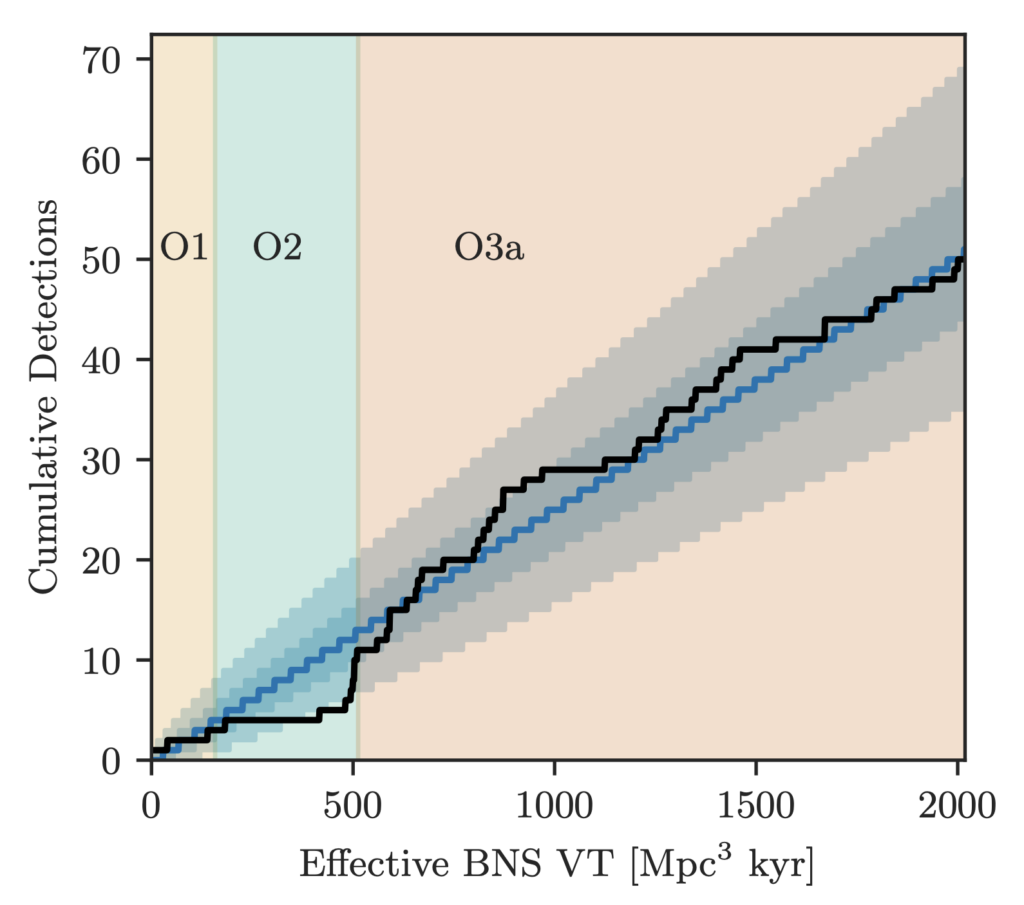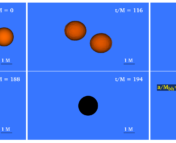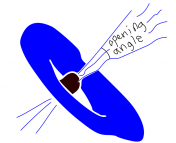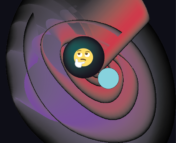Authors: The LIGO Scientific Collaboration and the Virgo Collaboration
Status: Available on arXiv
Back on September 14th, 2015, the Laser Interferometer Gravitational-Wave Observatory, or LIGO, detected the first gravitational waves from a pair of merging black holes. This opened a new window into observing the Universe through these ripples in spacetime. Over the last five years, LIGO has been joined by the VIRGO gravitational wave detector, and they have made some amazing discoveries, including the first multimessenger detection of gravitational waves with GW170817, the first binary neutron star merger. Recently, the LIGO-VIRGO Collaboration released their new catalog of gravitational wave detections from the first half of their third observing run, dubbed O3a.
This new catalog includes 39(!) new detections of compact object mergers over six months from April 1, 2019 to October 1, 2019. There are so many more detections now that there are many instances of two detections on the same day, so the detection identifiers have been extended to include the hour, minute, and second of the detections. Some of these detections have already been published, including GW190412 and GW190814 which have been discussed in previous astrobites. Not only does this represent a large increase in the number of gravitational wave detections, up from 11 in the previous catalog, it contains some of the most interesting systems detected to date.
Detecting the new seasonal mergers

To detect this many new systems, both LIGO detectors and the VIRGO detector underwent many upgrades to increase their sensitivity. This increase in sensitivity allows the detectors to pick out gravitational wave mergers out to a much larger volume of space. This is shown in Figure 1, where the total number of detections has gone up with the amount of space that the detectors can search over. The farthest detection in the catalog, GW190413_134308, came in from over 5 giga-parsecs, or Gpc, (that’s over 3 billion light years) away! That means that not only can astronomers learn from the larger number of mergers, they can start to see how this has evolved over time.
There are too many new detections in this catalog to discuss here, but there are a number of highlights that have not been discussed before.
- GW190521 – This merger has the highest total mass (sum of the masses of the two black holes that merged) ever detected at around 160 times the mass of the Sun (solar masses, or M☉), and the highest remnant mass (mass of the resulting black hole), about 150 M☉.
- GW190425 – Likely a binary neutron star merger with component masses of 2.0 M☉ and 1.4 M☉ respectively, but a neutron star-black hole merger has not been ruled out.
- GW190814 – The most lop-sided merger, with object masses of 23 M☉ and 2.6 M☉. It is still unclear whether the smaller object was a black hole, or a massive neutron star.
- GW190426_152155 – While this candidate has the highest false alarm rate of all detections in this catalog (1.4 per year, meaning that it is likely a similar false detection will occur 1.4 times per year), the masses of its components, 5.7 M☉ and 1.5 M☉, make it the most likely to be a neutron star-black hole merger, assuming it is a real astrophysical detection.
All of these systems are interesting in their right, and Figure 2 shows the masses of the primary (m1) and secondary (m2) objects, in M☉, the mass ratio (q), of the objects, the effective spin (χeff), and the distance (DL), in Gpc of each detection in this catalog.

Looking forward to the next catalog
This catalog has more than quadrupled the number of compact object mergers detected by the LIGO-VIRGO Collaboration. While this paper presents the new catalog of detections from O3a, two other companion papers accompanied this catalog. One looked to quantify the number of mergers expected in the Universe of black hole binaries and neutron star binaries using these new detections, and the other using these new detections to test the theory of general relativity (which held up very well).
There is also lots more to look forward to! This catalog is just the first half of the third observing run, the next half, from November 2019 – March 2020, is still being analyzed, so there are plenty more exciting detections on the way. And while that analysis continues, LIGO and Virgo are being upgraded again, and look forward to being joined by a fourth detector, KAGRA, for their fourth observing run. This will not only yield more detections, but also allow us to better pinpoint where these mergers are happening in the sky, increasing the potential for exciting multimessenger astronomy!
Astrobite edited by: Mitchell Cavanagh
Featured image credit: LIGO-Virgo / Northwestern U / Frank Elavsky & Aaron Geller




